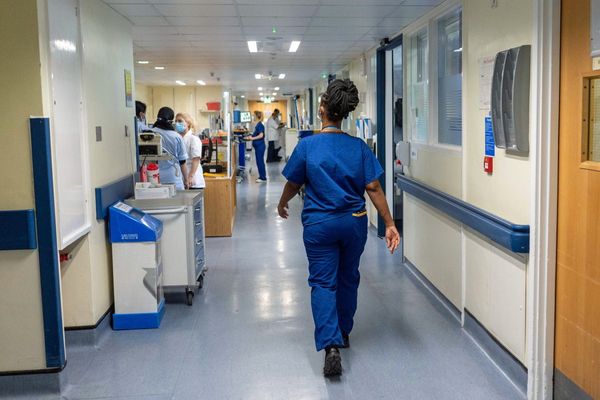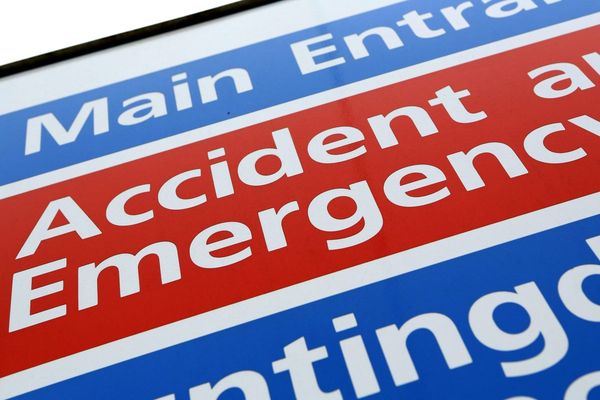
Antibiotic resistance occurs when a drug loses its ability to effectively control or kill bacterial growth. The bacteria multiply even in the presence of therapeutic levels of an antibiotic. A patient who has turned antibiotic-resistant cannot be treated for diseases requiring the drugs.
Antibiotic resistance is a big challenge in India. In a survey, the National Centre for Disease Control (NCDC) found last year that 20% of patients were resistant to the most advanced antibiotics class, carbapenems. The survey was conducted in seven tertiary care government hospitals in various cities of India.
“Carbapenems are the last-resort antibiotics to treat serious and potentially lethal infections. Patients who have compromised immunity like those with kidney disorders, cancers and urinary tract infections, face troubles in recovering from even simple infections. Resistance toward carbapenem is being found even among healthy individuals,” said Sunil Gupta, joint director, microbiology division, NCDC, who is overseeing the surveillance programme.
Antibiotic resistance is a consequence of evolution via natural selection. Bacteria that can resist antibiotics have a greater chance of survival than those that are susceptible to the drugs. These susceptible bacteria are killed by antibiotics, resulting in selective pressure for the survival of resistant strains of bacteria.
“Bacteria develop resistance through mutations and by acquiring resistance through other bacteria,” said Chand Wattal, who heads the department of clinical microbiology at Sir Ganga Ram Hospital, New Delhi.
Some bacteria are naturally resistant to certain types of antibiotics due to their structure. Other bacteria become resistant in two ways: through genetic mutation or by acquiring resistance from another bacterium.
Mutations are rare spontaneous changes of the bacteria’s genetic material, which are thought to take place in about one in one million to one in ten million cells. There are many ways through which mutations help bacteria develop resistance. Some mutations enable the bacteria to produce potent chemicals, called enzymes, that make antibiotics inactive.
Mutations can also eliminate the target in the cell of the bacteria that the antibiotic attacks.
Other mutations close up the entry points through which antibiotics enter the cell.
Other types of mutations manufacture pumping mechanisms that export the antibiotics back outside before they reach the target.
Bacteria can also acquire antibiotic resistance from other bacteria through several routes. One is “conjugation”, a simple mating process in which bacteria can transfer genetic material, including genes encoding resistance to antibiotics, from one bacterium to another.
Such encodings are found on DNA molecules called plasmids and a small part of the DNA called transposons.
Viruses are another mechanism for passing on antibiotic resistance. The resistance traits of one bacterium are packaged into the head of the virus, which injects it into other bacteria it attacks.
Bacteria also have the ability to acquire free DNAs with encoded resistance from the environment. The bacteria then pass on such acquired traits to their offspring, which will be a fully resistant generation.
Through the two actions—increasing share of resistant bacteria in the existing population and creating a new generation that’s fully resistant—the bacteria spread resistance against antibiotics.
Overuse of broad-spectrum antibiotics, such as second- and third-generation cephalosporins, accelerates the development of resistance to the antibiotic methicillin, related to penicillin.
Apart from this, many other factors contribute towards resistance, including incorrect diagnosis. Other factors contributing towards resistance include incorrect diagnosis.
Use of antibiotics as food additives for growth promotion in poultry is another issue. Antibiotics fed to animals meant for human consumption enter the food chain and lead to resistance.
The only solution is to keep developing new antibiotics for human use.
“However, after carbapenems, no new antibiotics have been developed. This is a scary situation,” said Gupta.
A new class of antibiotics is under development. But it will take at least seven to eight years before this hits the market, said Radha Rangarajan, founder and CEO, Vitas Pharma Pvt. Ltd.








